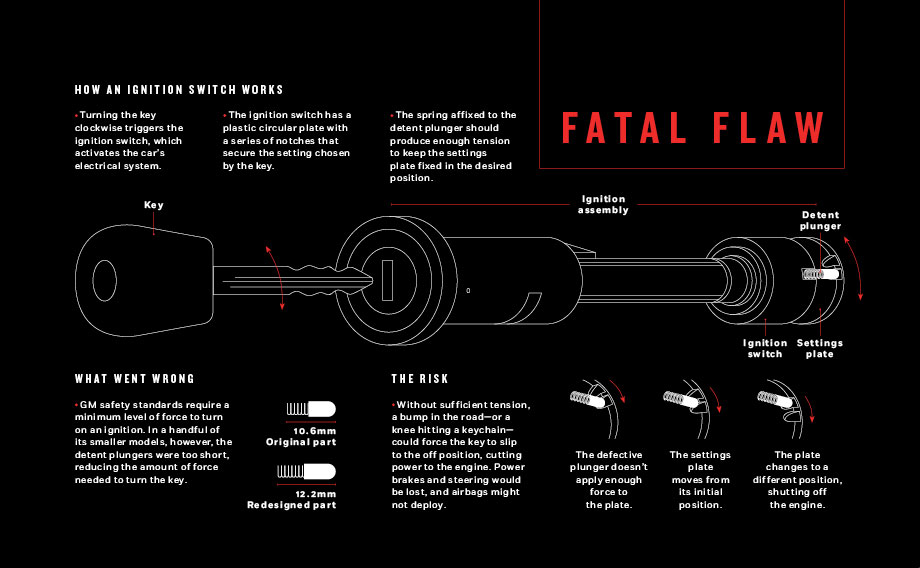GM has 124 deaths due to ignition switch issues; Tesla has 1 bad suspension for a guy who drove down a long dirt road every day. I'm sure GM has a lot to teach Tesla. I advise Tesla to plug their ears.
Thank you kindly.
No, it's worse. GM did the data collection and knew that their vehicles had ignition switch issues that cause horrific safety problems. But they decided it was too expensive to do anything about it.



